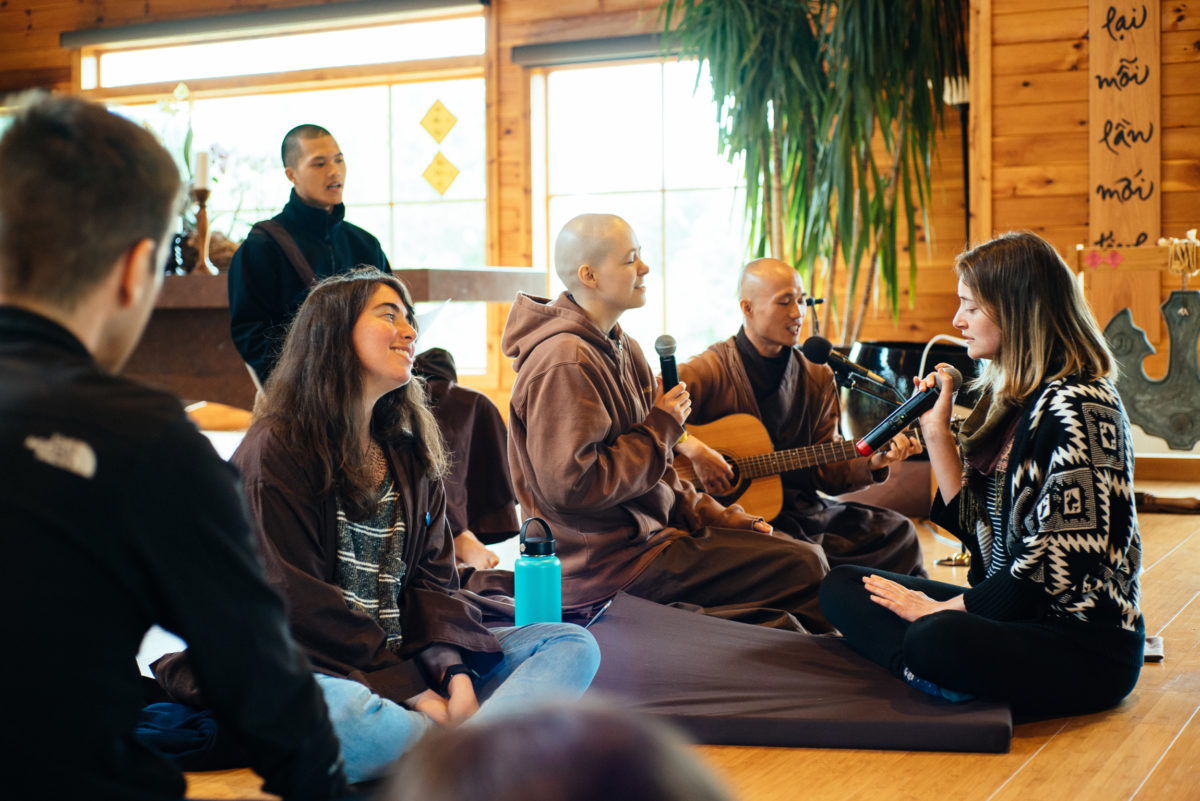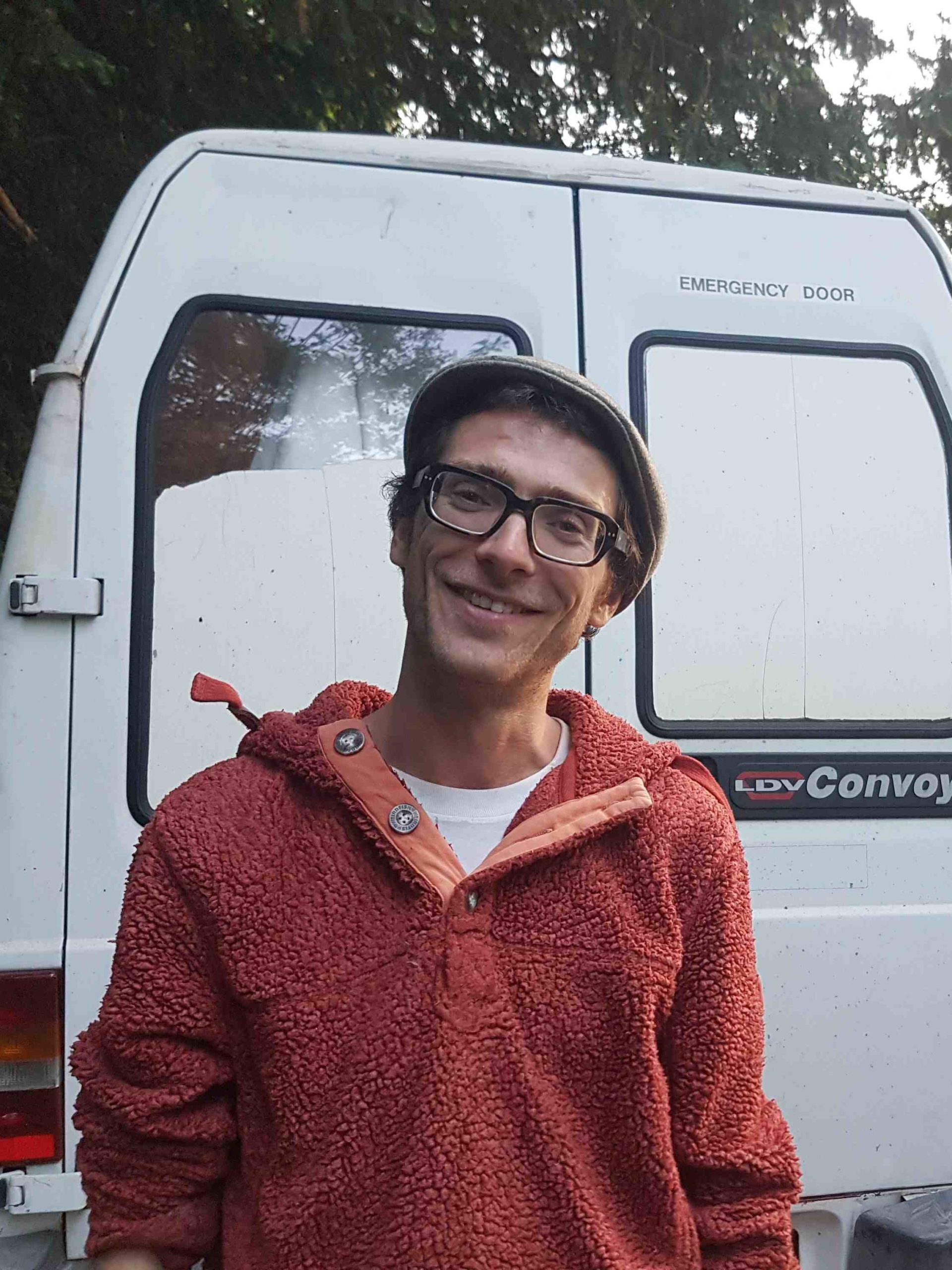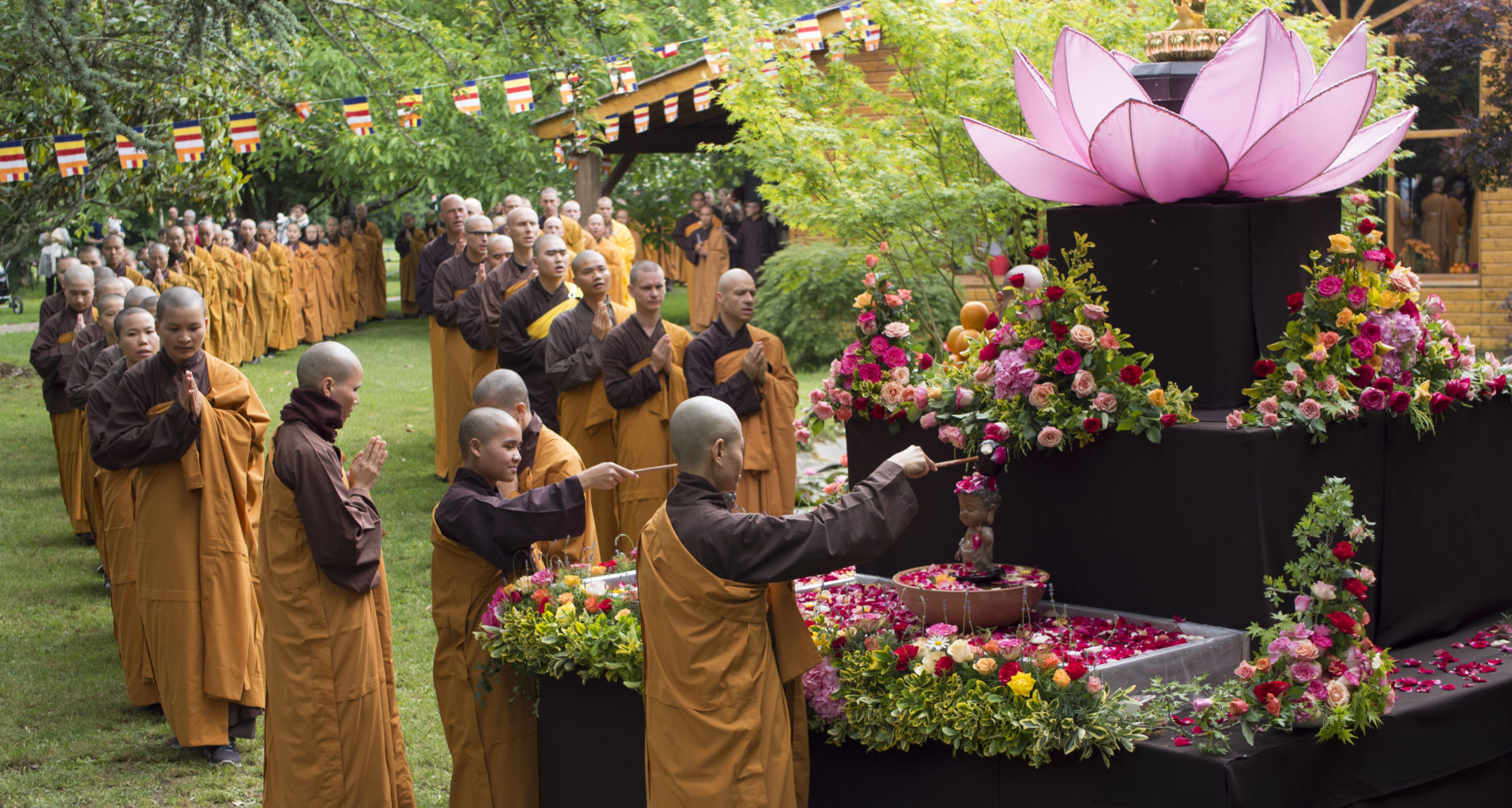By Charlie Shuttler

In a simple, but beautiful way, music has the power to make us happy and smile. Expressing ourselves through song, sound and movement can give voice, understanding and healing to the tapestry of our feelings. Confidence and self-assurance can grow through this expression, and the healing and benefit that arise can ripple far beyond the realm of music-making.
By Charlie Shuttler

In a simple, but beautiful way, music has the power to make us happy and smile. Expressing ourselves through song, sound and movement can give voice, understanding and healing to the tapestry of our feelings. Confidence and self-assurance can grow through this expression, and the healing and benefit that arise can ripple far beyond the realm of music-making.
When we are listening to music, we can listen with all our attention. We can allow ourselves to be aware of the effect that music is having on us and whether it is beneficial to us or not. We can also become aware of what the present moment requires, and whether to be passive listeners or to become active and participate in the music.
We can also maintain this way of listening and awareness when playing music to dissolve any sense of separation or ego, and to play what is true to us and let our hearts soar. We can incorporate music into mindfulness practice, but also practice and play music with mindfulness. Mindfulness practitioners can greatly benefit from music, and musicians can greatly benefit from mindfulness practice.
Here are several ways to incorporate music into a Sangha session or day or afternoon of mindfulness. We can even have a whole evening, day, or retreat with a focus on music. In Wake Up London, we sometimes share songs, music, or poetry in our afternoons of mindfulness.
Listening Exercises: Guided Meditation Leading to the “Temple of Sound”
- First, invite the bell and just listen.
- Bring your attention to your breath.
- Bring your attention to your heartbeat.
- Listen to your whole body as an instrument.
- Gently bring your attention to external sounds.
- Become aware of the sounds of nature, wind, birds, people, or other music all around.
- Become aware of all sounds, internal and external, anchoring yourself with the breath and/or heartbeat.
- Let your attention relax into “naked awareness,” whatever you may experience. Let physical senses, thoughts, emotions, and feelings all come and flow through you like clouds.
- Bring your attention to your mindstream. Notice any mental activity without preference.
- Bring your attention to the sound and vibration of thought.
- Then, in your mind, sound the syllable “AH” in your outbreath.
- Then, in your outbreath, vocalise the sound “AH.”
- Next make a musical pitch.
- Everyone can keep singing “AH” with their outbreath. If and when people are inspired, they can change notes and create an improvised “sound temple.” 1
- Invite the bell to bring the meditation to a close.
Another variation is once you have reached the “naked awareness” stage, the facilitator can play live or recorded music. Let the sound vibrations enter deeply into your being, just resting in a naked awareness.
A fun thing to do as a group, which opens up your perception of sound, is to listen to different environments:
- Inside, outside.
- Small room, big room.
- Sounds of the city.
- Sounds of nature.
- A mixture of urban and natural (e.g., birds in a city park near a road).
This can open your mind to the question: what is music? Can you listen to music in a similar way?
Drum and Movement
Movement raises our energy, and we can use the pulse of the drum as an anchor to join all our hearts. If a Sangha member knows how to play the drum, she or he can guide the group. Be aware of how drumming energises you and can quiet the mind. When dancing, we can bring the same awareness we cultivate in walking meditation. Let your body and the drum lead you rather than your thinking mind.
Singing
Singing is a wonderful practice. When singing Plum Village songs, why not experiment with adding harmonies to them? People can bring songs from their country of childhood, favorite songs, songs they have written, or we can write one together at a Sangha session. The Fifth Mindfulness Training offers us guidance on the type of songs we might like to sing. It is good to sing songs that lift our spirits, that connect us and nourish us rather than ones that foster separation.
When singing, we invite everyone to be aware of our breath and body, the sound of ourselves as part of a whole, the people around us and the energy that is being created.
Human Orchestra
- One person at a time acts as conductor.
- The conductor arranges the group into whichever sections she or he wishes (percussion, choir, brass, strings, saxophones, etc.).
- Spontaneously, the conductor teaches each section a simple part until there is a full vocal orchestra playing.
- The conductor can bring parts in and out, change parts, make it louder or softer, shorter or smoother—in whichever way he or she is inspired.
- Tips for jamming: practice deep listening. Try to become one with the collective sound, not just to focus on one's individual sound. Interact with each other and have musical conversations.
- Give space: when it is time for you to solo, express yourself fully; then step back to leave space for others.
- Most importantly: don’t think too much! Have fun, experiment, make mistakes and play things you didn’t know you could play.
Sound Healing
Sometimes there may be a need for a healing space. Here are a few ways to offer this:
- Music in deep relaxation. You can sing at the end of a guided relaxation, or have a whole session with recorded or live music.
- Healing circle. Chant “Namo Avalokiteshvara” in a circle. People can take turns to come into the center and sit or lie down, receiving the energy of the chant. This can be very profound.
- Have a “sound bath.” Drone-type instruments, singing bowls, gongs, didgeridoos, and soft melody instruments can be good for this.
1 A sensory experience in which participants are awash in sound vibrations produced by voice.

Charlie Schuttler, Calm Conviction of the Heart, is part of Wake Up London, where he enjoys practicing and sharing music and food evenings with the Sangha. He just had his debut performance with his Plum Village band "Non-self Charlie and the Good Seeds" at the 21-Day Retreat moon gazing festival in Plum Village.

